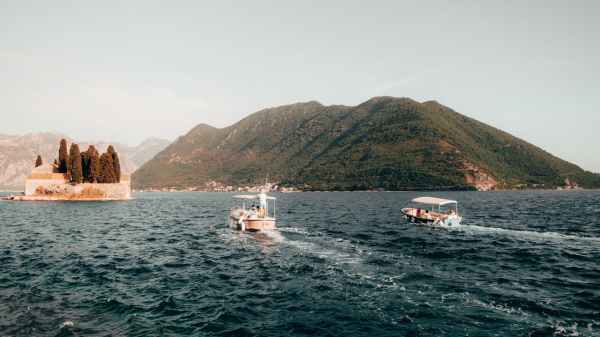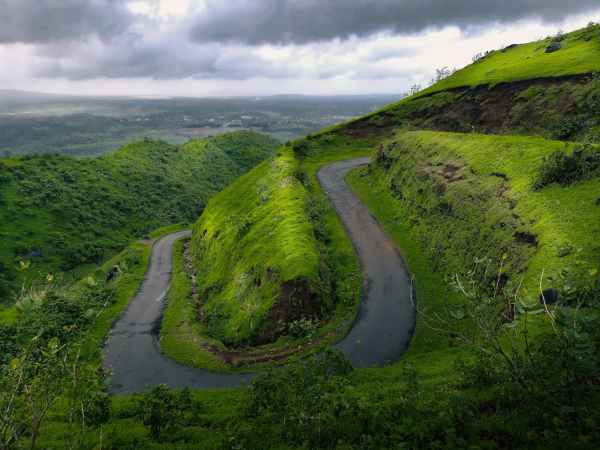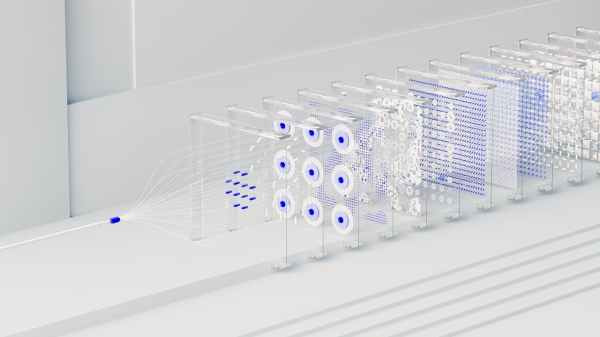The UN came into being on 24 October 1945 with the signing of the Charter of the United Nations, a document that sets out its founding principles, as well as its governing bodies.
UN bodies
There are six main bodies of the United Nations: the General Assembly, the Security Council, the Economic and Social Council, the Trusteeship Council, the International Court of Justice and the Secretariat. Let’s take a look at their functions and characteristics.
General Assembly
Composed of all 193 Member States, the General Assembly is the main deliberative, policy-making and representative body.
It is a body in which each Member State has equal voting rights, a forum for multilateral deliberations on international issues under the UN Charter.
It meets annually in regular sessions between September and December and later, if necessary, to discuss specific issues.
The General Assembly also has the power to take decisions of great relevance to the functioning of the organisation, such as approving the organisation’s budget, appointing the Secretary-General (on the recommendation of the Security Council) and electing the non-permanent members of the organisation.
Security Council
According to the Charter, the primary task of the UN Security Council is to maintain international peace and security.
It is composed of 15 members, of which ten are non-permanent and five are permanent. The non-permanent members have two-year terms and are currently Ecuador, Japan, Malta, Mozambique and Switzerland (with the term of office ending at the end of 2024) and Algeria, Guyana, South Korea, Sierra Leone and Slovenia (until the end of 2025).
The five permanent members are China, France, the United States, the United Kingdom and Russia, as heir to the Soviet Union, with the Security Council presidency rotating monthly among the 15 or so members.
In order to fulfil its task of determining threats to peace or acts of aggression, the Security Council requests the parties to the conflict to reach an agreement by peaceful means, recommending methods of adjustment.
In certain cases, it can resort to sanctions and even, in extreme cases, authorise the use of force to maintain or restore international peace and security.
Economic and Social Council
As its name suggests, the Economic and Social Council (ECOSOC) deals with economic and social issues, as well as environmental issues. Its task is to bring problems and people closer together in order to promote collective measures to achieve a sustainable world.
It is the body responsible for following up the results of major UN conferences and summits.
ECOSOC can thus be defined as a platform ‘to encourage debate and innovative thinking, to reach consensus on the way forward and to coordinate efforts to achieve internationally agreed goals. It is also responsible for the follow-up to the outcomes of major UN conferences and summits’.
With overlapping three-year terms, it is composed of 54 Member States.
International Court of Justice
Based in The Hague in the Netherlands, the UN International Court of Justice is the principal judicial organ of the UN and the only one of the six principal organs of the organisation whose seat is not in New York.
It has a dual mission, a contentious and an advisory one. The first concerns the settlement under international law of possible disputes submitted by states. The second deals with the issuance of opinions related to legal questions submitted by organs of the United Nations system with competence to do so.
With only two official languages, English and French (the other four with this status in the UN as a whole being Arabic, Chinese, Spanish and Russian), this legal body is made up of 15 members of the judiciary from different countries – who cannot be repeated – and whose mandate lasts nine years. Every three years, one third of the Court is renewed, and the proposed judges must have an absolute majority of votes in both the General Assembly and the Security Council.
It has its origins in the Permanent Court of International Justice, a body created in 1921 linked to the League of Nations and formally dissolved in 1946.
Trusteeship Council
With its operations formally suspended since 1 November 1994, the Trusteeship Council considers that its purposes ‘have been fulfilled to such an extent that all Trust Territories have achieved self-government or independence, either as separate states or through union with neighbouring independent countries’.
Secretariat
Although headed by the Secretary-General, the most recognisable face of the UN, the Secretariat is made up of thousands of people spread across the globe.
It is structured on a departmental basis, with each department or office having a distinct area of action and responsibility that coordinates with the others to ensure the day-to-day work and cohesion of the UN in its offices and stations.
UN Secretary-General
This position is appointed by the General Assembly on the proposal of the Security Council. It is currently held by António Guterres of Portugal (since 2017), the ninth person to do so.
His predecessors are South Korea’s Ban Ki-moon (until 2016), Ghana’s Kofi Annan (until 2006), Egypt’s Boutros Boutros-Ghali (until 1996), Peru’s Javier Pérez de Cuéllar (until 1991), Austria’s Kurt Waldheim (until 1981), Burma’s U Thant (until 1971), Sweden’s Dag Hammarskjöld (until 1961, died in a plane crash) and Norway’s Trygve Lie (the first in office, from 1956 to 1953).
International Telecommunication Union (ITU)
The ITU is the UN’s specialised agency for the harmonisation and development of telecommunications, and is based in Geneva. It is older than the United Nations itself, having been created in 1865. Telefónica has collaborated with the ITU since 1929 and is the third oldest company in this ranking.
The ITU draws up the so-called ‘recommendations’ (technical standards) that have made possible the development of today’s telecommunications networks and services. It also manages the use of the radio frequency spectrum and the allocation of satellite orbits. It also devotes a major effort to the development of telecommunications in developing countries with the aim of reducing the world’s digital divide and providing greater opportunities for vulnerable populations.














